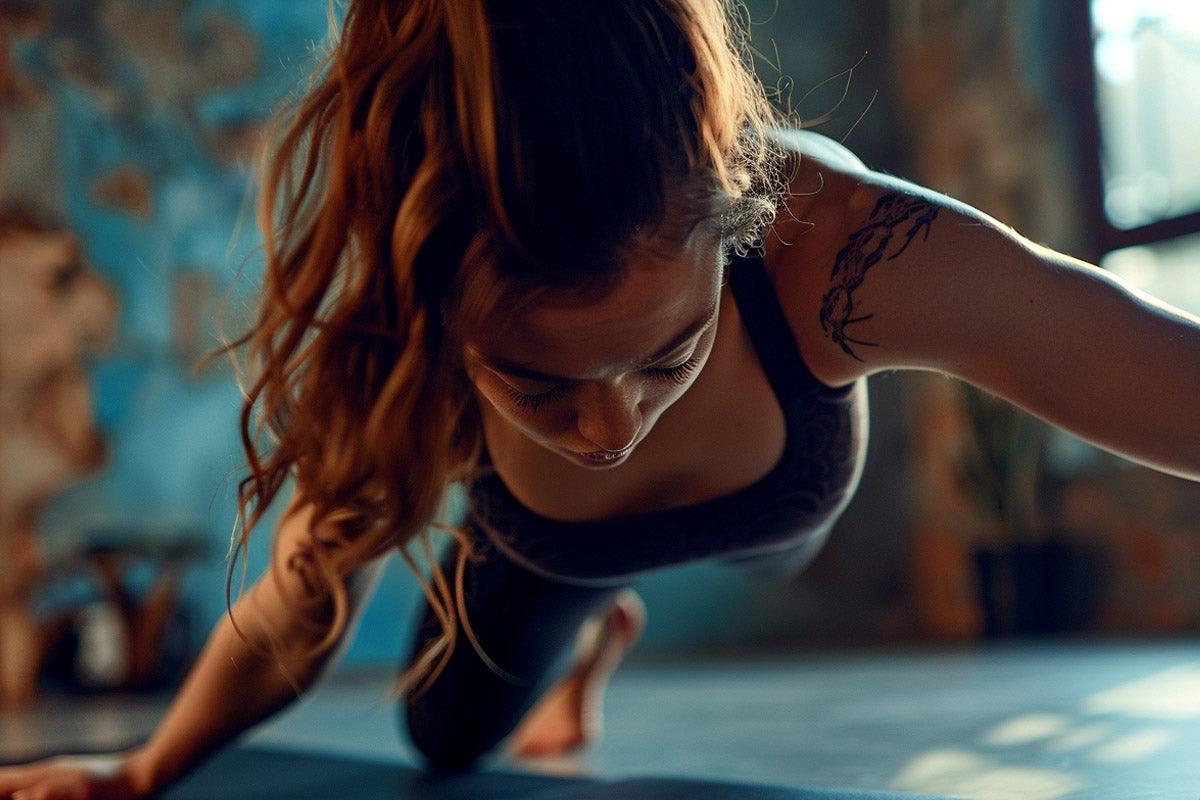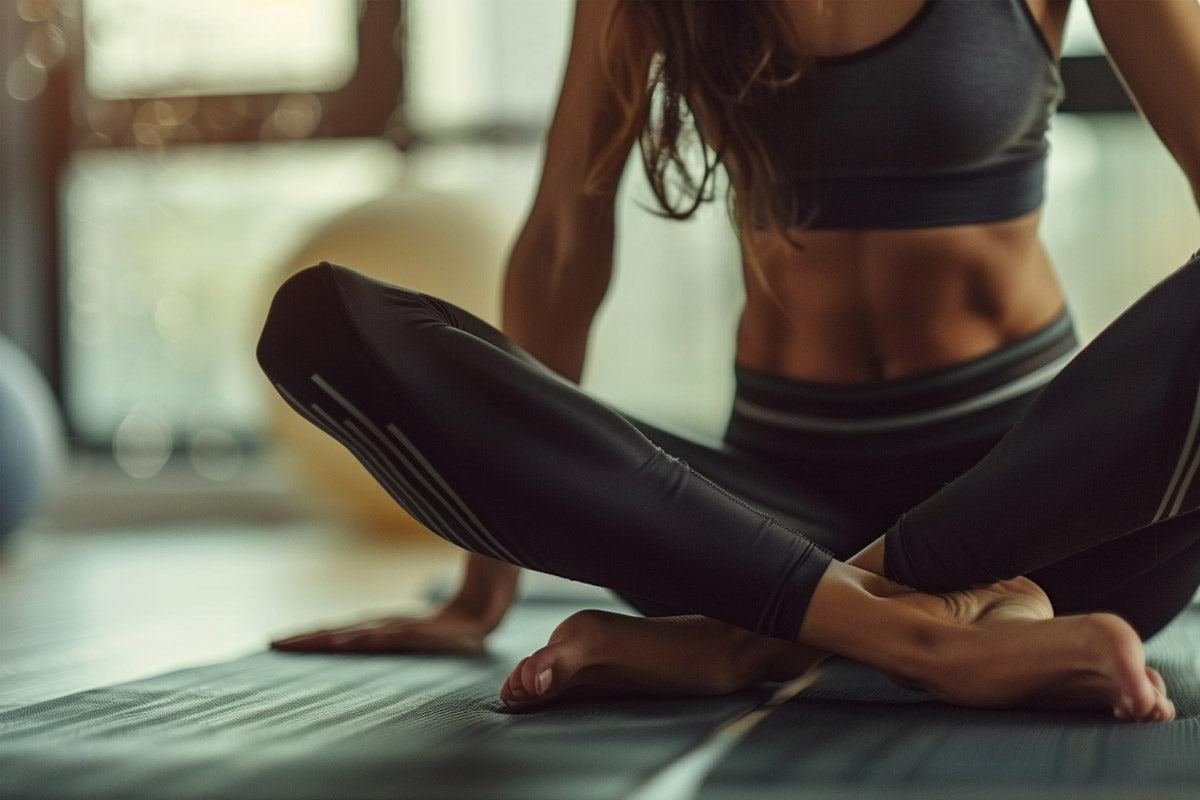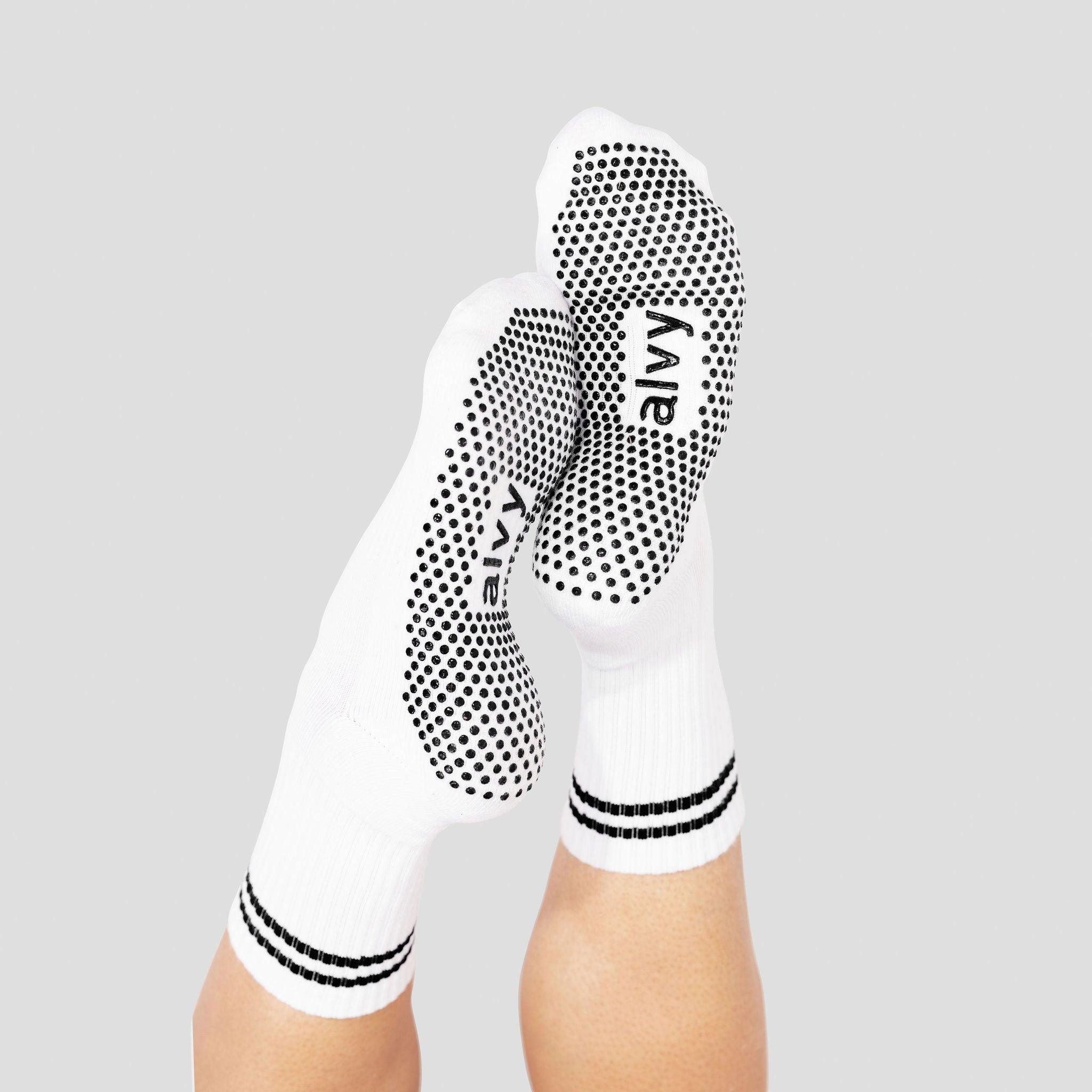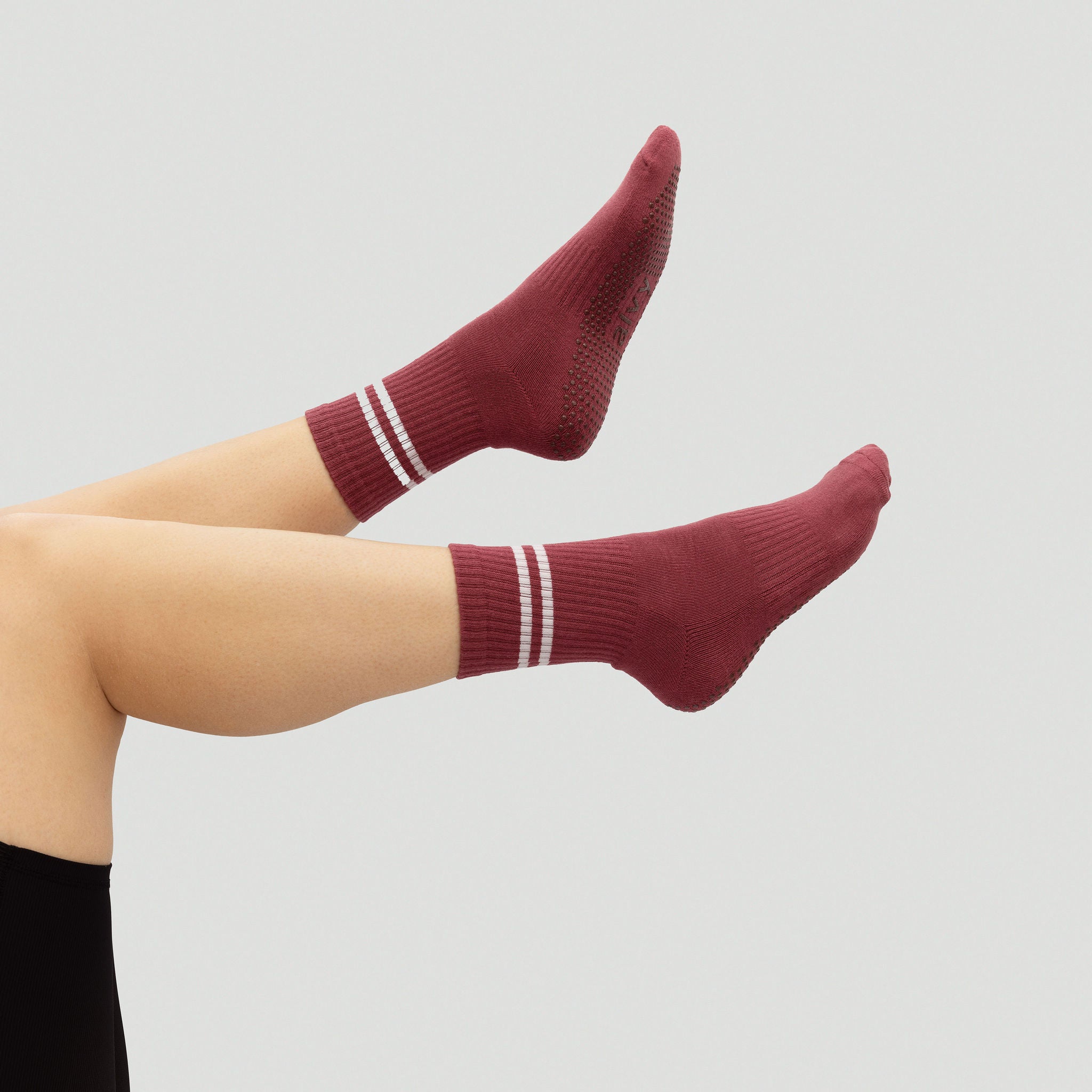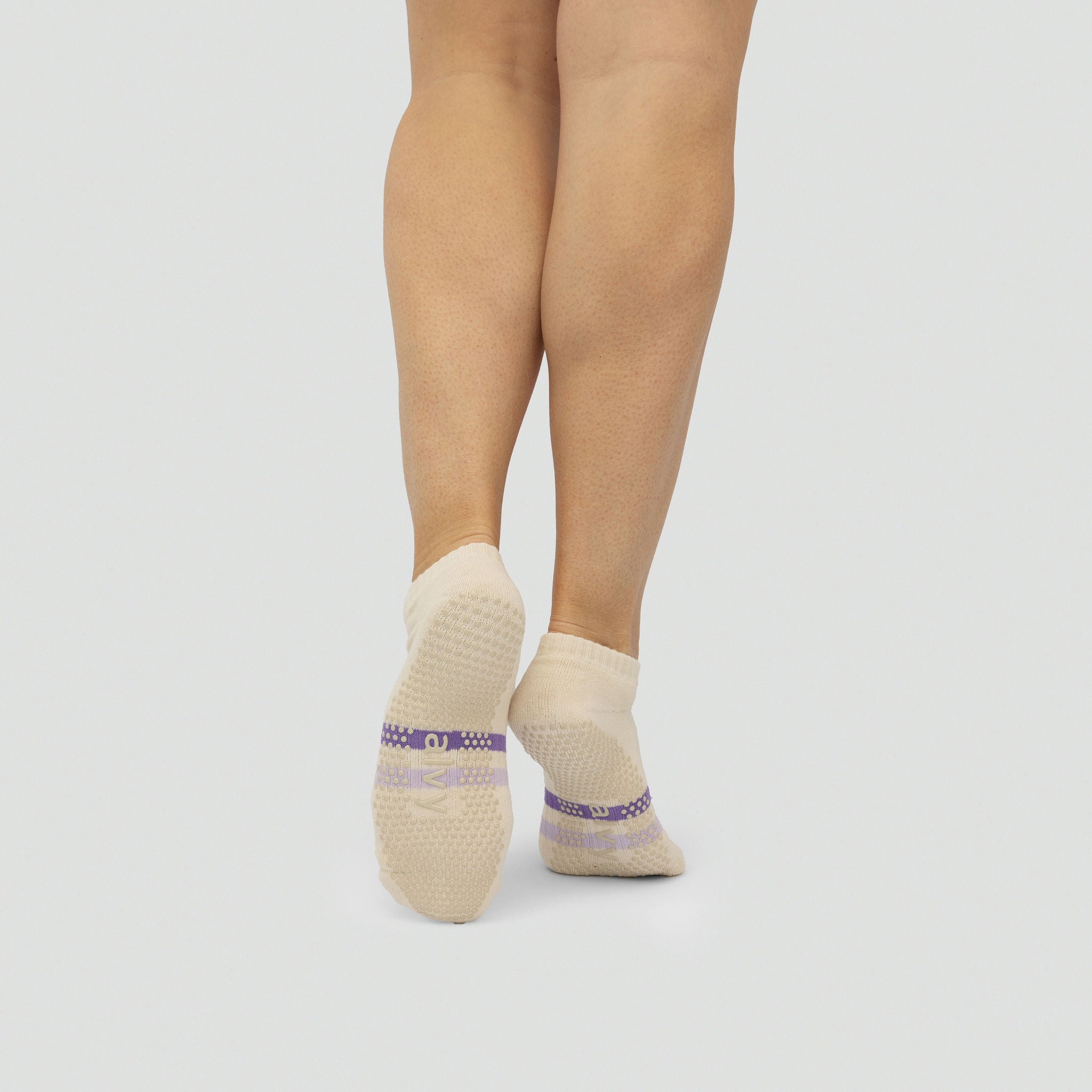Since money is on everyone’s mind, deciding how often to do Pilates will likely come down to cost. But there are other things to take note of depending on what your goals are and what level you are at.
Key Takeaways:
- Three to four Pilates sessions per week will be ideal for yielding benefits after a couple of months.
- Cost is the limiting factor in increasing the frequency of Pilates classes.
- Gauging how challenging it is and ensuring you have sufficient recovery times between classes is important.
This Is How Often You Should Do Pilates
After a month of Pilates practice, core strength, posture, and flexibility should improve. However, seeing apparent benefits, such as better muscle tone and alignment, usually takes two to three months. More frequent sessions, such as five or six times a week, are doable if you recover sufficiently between sessions. Conversely, only doing Pilates once or twice a week will result in the benefits being seen after a few months.
How Often To Do Pilates As A Beginner
If you are a beginner, you should do Pilates twice a week at minimum, and three times is ideal.
This frequency allows your body to adapt to the new movements and build a foundation of strength and flexibility. You can also become accustomed to many more exercises than you would do once a week, including learning the terminology.
Things To Consider When Choosing Your Pilates Routine
Thinking of joining a studio? Have you been doing Pilates for a while and want to increase or decrease weekly sessions? Consider these points.
How much does it cost?
The cost of Pilates classes in Australia can vary depending on whether you’re attending group classes, private sessions, or using online resources. Group classes at a studio might cost $48 for two sessions a week, with single classes costing at least $35. Private sessions can cost even more.
These must be factored into your budget since consistency is important over time. Mat Pilates is cheaper than reformer Pilates, but you should know the differences and benefits between the two. Lastly, you will also need to buy grip socks for your Pilates workout, as they offer better traction and support than normal socks (or barefoot). Check out our best-sellers collection.
Are the workouts challenging?
Pilates exercises and workouts can range from gentle and restorative to highly challenging, depending on your chosen class or routine.
If you’re new to Pilates, start with beginner or foundational classes that focus on basic movements and gradually increase complexity. As you progress, you can explore more advanced classes that incorporate equipment like the reformer, Cadillac, or resistance bands to add intensity.
How much recovery do you need?
Pilates is generally low-impact but can still cause muscle soreness because it works the muscles deeply. This especially applies if you're new to it or are increasing the intensity of your workouts.
Sure, you could do pilates daily, but give yourself at least one day off between sessions. Your body may require less time to recuperate as it adjusts, but you should always pay attention to its needs and make necessary adjustments.
What are your goals?
Generally, the more you do it (and consistently), the faster the results will come. But there are some nuances to this.
Shorter, more frequent sessions may be preferred if your goals are stress reduction and increased flexibility. On the other side, longer and more intense sessions are required if you want to improve your core strength.
How Long A Pilates Session Should Be
Studio-based Pilates sessions in Australia typically range from 40 to 50 minutes.
Beginning with 30-minute sessions is frequently enough if you are new. As you advance, you may discover that 45 to 60-minute sessions enable a more thorough workout that includes equipment- and mat-based activities. Honestly, most studio classes are run at set times, so you don’t have control over duration. This doesn’t mean you can’t leave early, though.
Shorter sessions can still be helpful if done regularly and are ideal for cramming into a hectic schedule. However, longer sessions can be more contemplative and calming as they allow more time to engage muscles thoroughly.
Something to think about.
How Long It Takes to Notice Results
This is the question that everyone asks.
Pilates has different timeframes for showing results depending on individual fitness levels, frequency, and intensity. If you do it at least twice a week, your body's strength, flexibility, and posture should generally start to improve within three to four weeks of regular practice. It usually takes two to three months to see obvious benefits, such as better muscle tone and alignment.
It's crucial to remember that Pilates addresses both your physical look and your emotional state. It also increases performance in one's chosen sport. Personally, after doing reformer Pilates four times a week for about two months, I started to see great improvements in on-court stability, strength, and flexibility, to a lesser extent.



